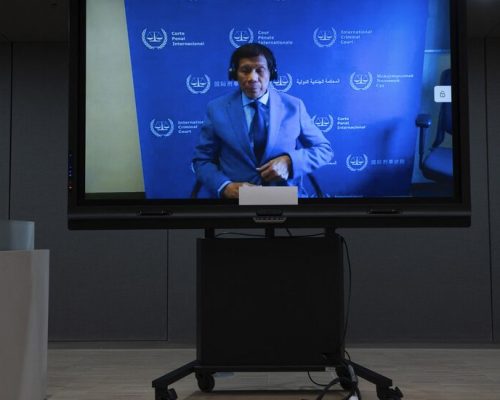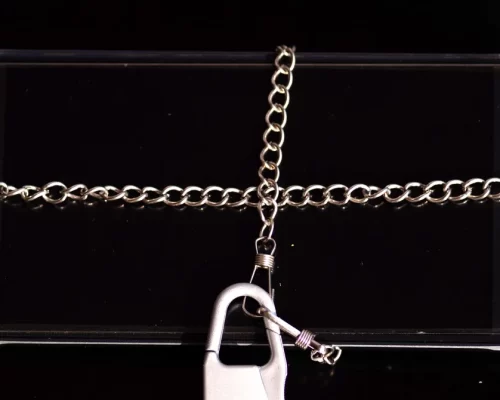In the Philippines, Holy Week transcends mere religious rituals and becomes a profound expression of faith, devotion, and sacrifice. At the heart of this solemn period lies a tradition known as “penitensya,” where devout Catholics engage in extreme acts of self-mortification and penance to commemorate Jesus Christ’s suffering and sacrifice. While these practices may seem extreme to outsiders, they hold deep cultural and religious significance for many Filipinos, attracting both fascination and controversy in equal measure.
During Holy Week, which culminates in Good Friday, devout Catholics across the Philippines embark on a journey of spiritual introspection and repentance. For some, this journey involves participating in penitential rites and rituals that serve as a physical manifestation of their devotion to Christ and their commitment to atoning for their sins.
One of the most striking aspects of penitensya is the practice of self-flagellation, in which penitents whip or flagellate themselves as a form of penance. This act of self-mortification is believed to emulate Christ’s suffering during his crucifixion and purify oneself from sin. Penitents may use a variety of instruments for self-flagellation, ranging from simple whips made of bamboo or leather to more elaborate contraptions adorned with nails or metal spikes.
In addition to self-flagellation, another common practice during penitensya is the reenactment of Jesus Christ’s crucifixion. In towns and villages across the Philippines, devotees volunteer to be nailed to a wooden cross, symbolizing their willingness to share in Christ’s suffering. These reenactments are often accompanied by elaborate processions and solemn prayers, drawing large crowds of spectators who come to witness the spectacle with awe and reverence.
Perhaps one of the most visually striking aspects of penitensya is the sight of barefoot penitents carrying heavy crosses through the streets as a symbol of their devotion and humility. These penitents, clad in rough-hewn robes and often wearing crowns of thorns, walk for miles under the scorching sun, their faces contorted in pain and determination. For many Filipinos, witnessing these acts of sacrifice and self-denial is a powerful reminder of the depth of Christ’s love and the lengths believers will go to demonstrate their faith.
While penitensya is deeply ingrained in Filipino Catholic tradition, it has its controversies. Critics argue that the practice of self-flagellation and crucifixion reenactments border on the macabre and promote a misguided understanding of faith and redemption. Others express concern over the physical and psychological toll that these extreme acts of penance can take on participants, particularly given the risk of injury or infection.
Despite these criticisms, penitensya continues to endure as a cherished tradition in the Philippines, serving as a testament to the enduring power of faith and the resilience of the human spirit. For many Filipinos, Holy Week is not just a time of solemn reflection; it is an opportunity to reaffirm their commitment to Christ and to seek spiritual renewal through acts of sacrifice and devotion. Ultimately, whether one views penitensya as a profound expression of faith or a controversial spectacle, its significance lies in its ability to inspire reflection, dialogue, and a deeper understanding of the complex intersections between religion, culture, and tradition.



























